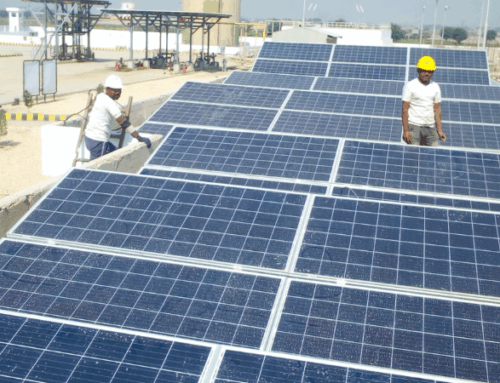At a Glance:
As an energy broker sales professional you can provide value to your customers by having retail suppliers compete to supply your customers with energy. By obtaining multiple price quotes, you can ensure that your customers are getting the best rate possible and pay the least amount for energy supply. Properly submitting price requests to your broker’s price desk is critical to getting fast quotes for your customers. In this article, we will show you the best ways to submit price requests for maximum results.
In this article, you will learn:
Required Information.
First things first, there is a bare minimum amount of information your broker will need in order to request price quotes from multiple suppliers. Submitting price requests with incomplete information is a quick way to ruin your relationship with your broker. Make sure you have the following information before asking for pricing…
A Recent and Complete Bill Copy
All retail energy suppliers need a complete bill copy from your customer in order to offer an energy price quote. Many times, energy salespeople obtain these copies from customers who are not the best at taking quality copies of the bill. If possible, it is always best to obtain a physical copy of the bill yourself or use a scanner to scan a copy. When you’re on the go, it’s convenient to use a mobile scanning device.
Bill Copy Checklist
- Make sure to include all bill pages, front and back
- Make sure the invoice is recent and not too old (no more than 90-days old)
- Make sure the copy is legible and not blurry
- Be sure to get a bill copy for each of the customer’s utility account numbers
- Try using mobile scanning apps such as Scannable, Genius Scan, or Adobe Scan
Customer Contact Information
Next, it is imperative to get the correct contact information for your potential customer. Many times, suppliers will pre-populate contracts for you when your customer is ready to sign, so it is important to have all of the pertinent information. In addition, it is imperative to have service address information so suppliers can properly price accounts. Although this information is typically found on the utility bill, it is always best to make sure you have it clear and organized for your broker when submitting a request.
Contact Info Checklist
- Customer billing address
- Customer service address(es)
- Decision maker first and last name
- Decision maker email address
- Decision maker phone number
- Correct legal entity information and FEIN
Optional Documents
While most successful energy brokers get into the habit of getting signed authorization letters from their potential customers, they are not always required by energy suppliers for price quotes. To streamline the pricing process, it is always encouraged that you obtain a signed Letter of Authorization (LOA) or Letter of Exclusivity (LOE) from your customer when collecting information for a price quote. More on LOA’s and LOE’s below…
LOA’s and LOE’s.
The best energy sales professionals and brokers are competent at getting signed authorization letters from their customers when collecting data for a price request. A Letter of Authorization, or LOA, is a non-binding letter that a customer signs granting the broker the right to obtain historical energy usage data and collect price quotes from suppliers. The LOA is sometimes required by retail energy suppliers in order to release pricing for a customer.
The LOA
- Gives broker authorization to download bill copies from the utility company
- Gives the broker authorization to obtain historical usage data from the utility company
- Allows the broker to collect price quotes from suppliers on the customer’s behalf
A Letter of Exclusivity, on the other hand, is more of a binding agreement between the broker and customer. By signing an LOE, the customer names the broker as its exclusive representative for obtaining energy supplier price quotes. LOE’s are often required by suppliers when another broker has or is already pricing your customer’s utility accounts.
The LOE
- Grants the broker exclusive representation rights
- Allows the broker to perform all actions detailed in the LOA
- Gives the broker first position with suppliers and blocks other brokers from obtaining price quotes
Learn more about using LOA’s and LOE’s when building your energy broker business here.
Load Factor and Usage Data.
Advanced energy brokers use tools to download historical usage data on behalf of their customers. Using that data, they are able to calculate their customer’s load factor rating in order to determine the best way to price the account (learn more about load factor here). At Diversegy, we provide our sales partners with the tools they need to obtain energy usage data to best price customer accounts. In addition, our experienced pricing desk staff will evaluate each of your accounts in order to obtain the lowest pricing possible.
Using Load Factor To Price
Accounts with high load factors can typically get lower price quotes from retail energy suppliers. And, accounts with low load factor tend to get higher prices. Higher load factor ratings equate to lower wholesale costs for suppliers; hence the lower retail pricing for customers. Understanding your customer’s load factor rating prior to submitting a pricing request is critical to obtaining the best supplier price quotes.
Matrix vs. Custom Pricing
Since many suppliers publish a daily “matrix” rate that can be sold to virtually any customer off the rack, it is important to calculate load factor in order to determine if a matrix rate or custom rate is best for your customer. Typically, suppliers will quote matrix pricing based on low to average load factor ratings. So, if your customer happens to have a higher than average load factor, it is always best to get a custom quote from your energy broker.



